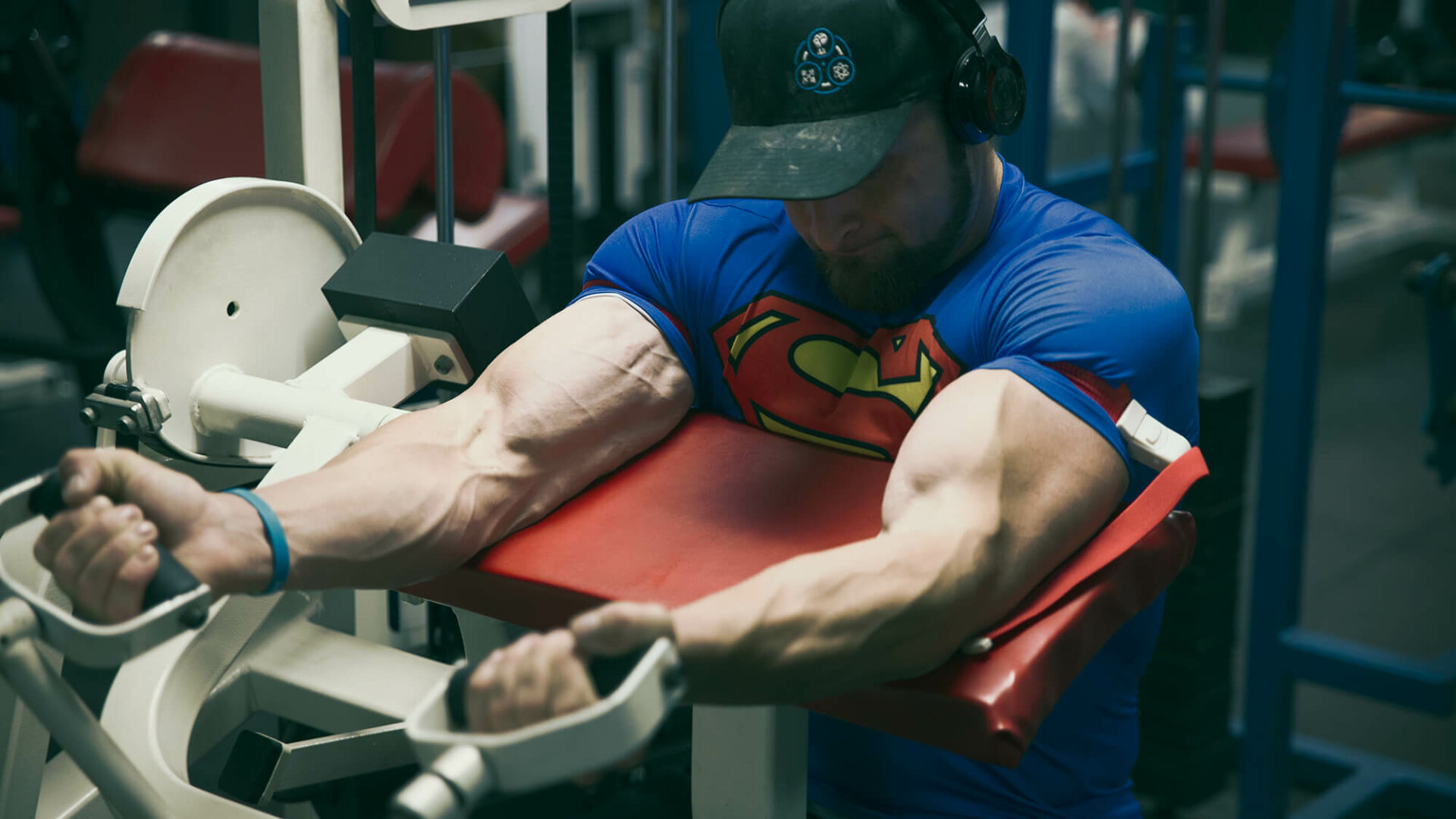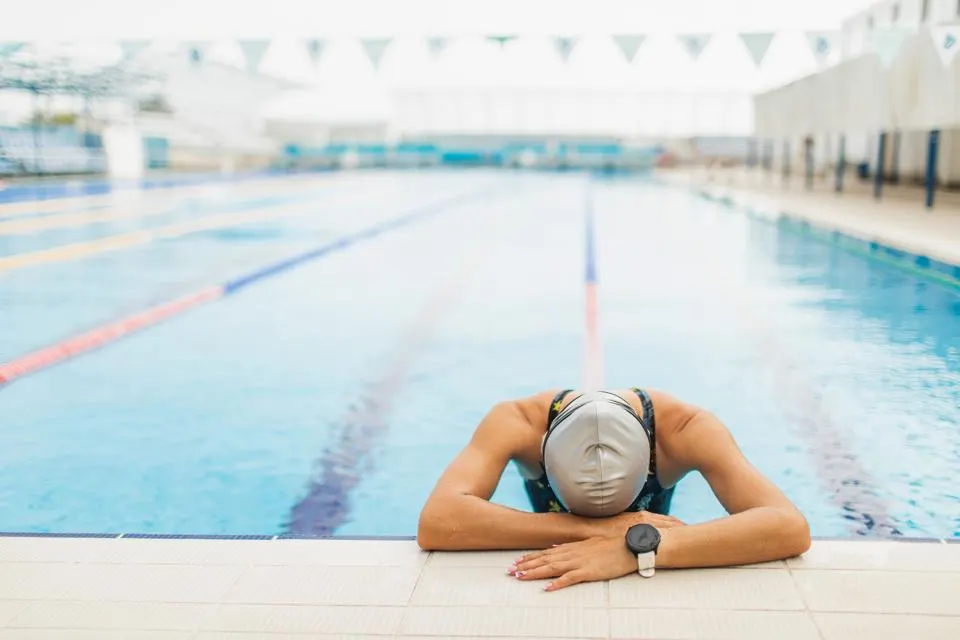Blood Flow Restriction (BFR) training, also known as occlusion or KAATSU training, uses cuffs or bands placed on the limbs to partially restrict blood flow during exercise. Developed in Japan in the 1960s, this technique enables individuals to achieve muscle growth and strength gains comparable to traditional high-load training—while working at just 20–30% of their one-repetition maximum (1RM). This makes BFR a game-changer for people with joint issues or those recovering from injury.
A recent 2025 meta-analysis of endurance athletes demonstrated that BFR training significantly improves VO₂ max, muscular strength, and endurance performance compared to similar workouts without restriction. The study found a moderate improvement in aerobic capacity (ES = 0.465), a large boost in maximal strength (ES = 1.022), and meaningful gains in overall performance. Additionally, incorporating BFR during endurance sessions led to better lower-limb strength and modest gains in aerobic capacity.
Beyond athletic performance, BFR is increasingly adopted in rehabilitation contexts. Physical therapists utilize it to help patients rebuild strength with low-impact exercise, minimizing strain on healing tissues. Moreover, there’s emerging evidence it may elevate brain-derived neurotrophic factor (BDNF), which supports neuroplasticity and cognitive health. Always seek professional guidance to ensure proper cuff pressure and technique for safe, effective implementation.






